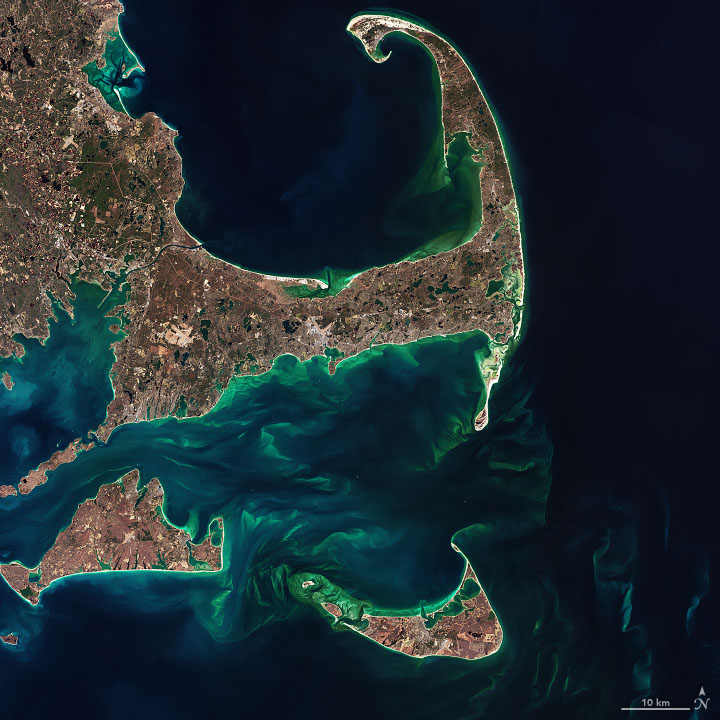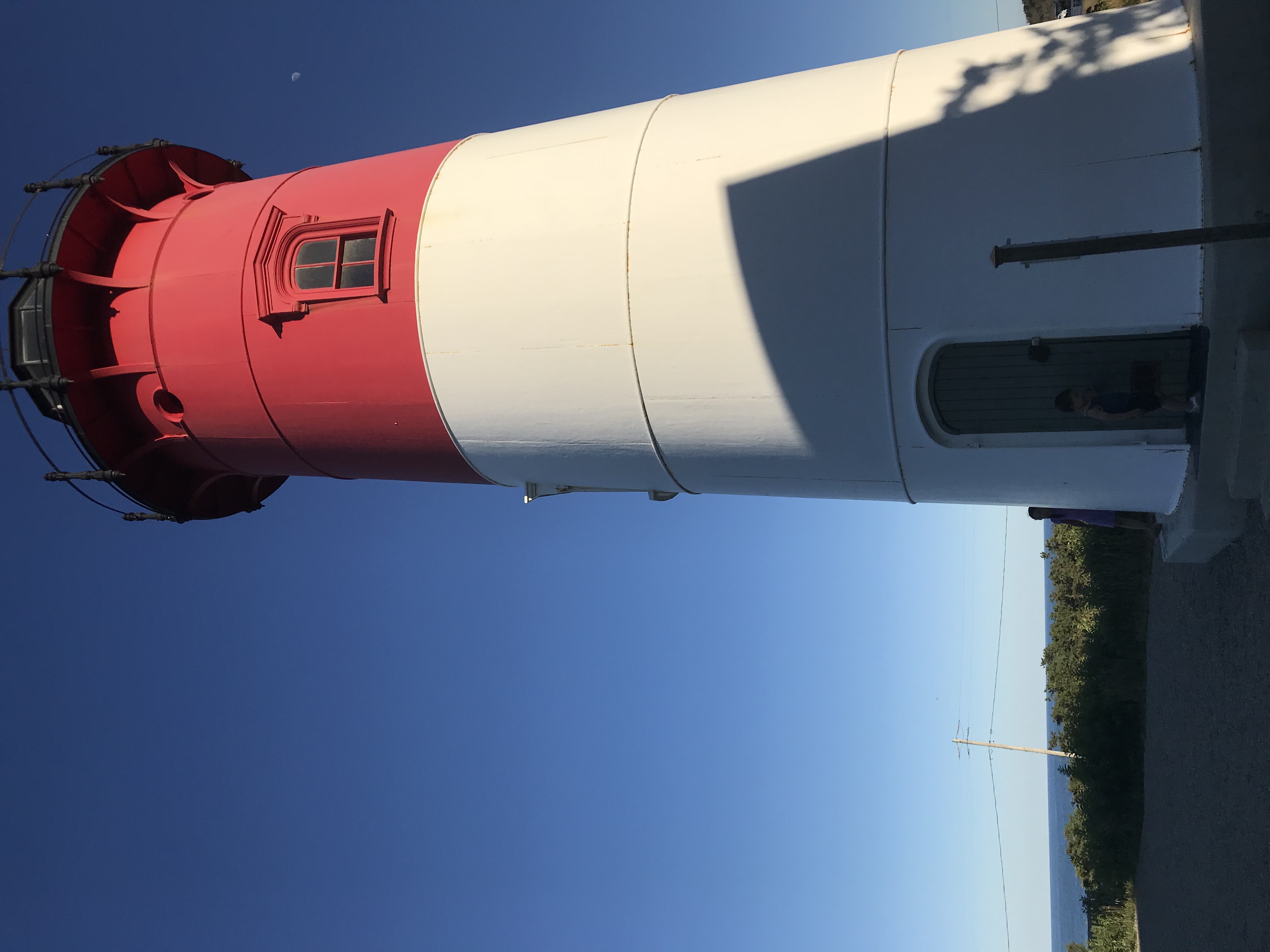|
Nauset Light Beach
Nauset Light Beach is a one-mile-long beach on the east coast of outer Cape Cod in Eastham, Massachusetts. It is part of Cape Cod National Seashore. Historic Nauset Light, which visitors can tour, is just inland from the beach. It is one mile north from Coast Guard Beach. The beach is backed by massive sand dunes which results in steep stairs down to the beautiful sandy beach. It is a very popular beach (the parking lot can fill by 10 a.m.) and often has large waves great for surfing and bodyboarding. Restrooms and bathhouse are open seasonally. References External links {{GNIS, 1878904 Nauset Light BeachNational Park Service Cape Cod National Seashore Eastham, Massachusetts Beaches of Massachusetts Massachusetts Landforms of Massachusetts Swimming venues in Massachusetts Tourist attractions in Massachusetts ... Landforms of Barnstable County, Massachusetts Tourist attractions in Barnstable County, Massachusetts ... [...More Info...] [...Related Items...] OR: [Wikipedia] [Google] [Baidu] |
Cape Cod National Seashore
The Cape Cod National Seashore (CCNS), created on August 7, 1961, by President John F. Kennedy, encompasses on Cape Cod, in Massachusetts. It includes ponds, woods and beachfront of the Atlantic coastal pine barrens ecoregion. The CCNS includes nearly of seashore along the Atlantic-facing eastern shore of Cape Cod, in the towns of Provincetown, Truro, Wellfleet, Eastham, Orleans and Chatham. It is administered by the National Park Service. Places of interest Notable sites encompassed by the CCNS include Marconi Station (site of the first two-way transatlantic radio transmission), the Highlands Center for the Arts (formerly the North Truro Air Force Station), the Dune Shacks of Peaked Hill Bars Historic District (a 1,950-acre historic district containing dune shacks and the dune environment), and the glacial erratic known as Doane Rock. A former United States Coast Guard station on the ocean in Truro is now operated as a 42-bed youth hostel by Hostelling International USA. ... [...More Info...] [...Related Items...] OR: [Wikipedia] [Google] [Baidu] |
Eastham, Massachusetts
Eastham () is a town in Barnstable County, Massachusetts, United States, Barnstable County being coextensive with Cape Cod. The population was 5,752 at the 2020 census. For geographic and demographic information about the village of North Eastham, please see North Eastham, Massachusetts. History Originally inhabited by the Nauset tribe, Eastham was the site where in 1620 a hunting expedition landed, comprised from the crew of the sailing vessel ''Mayflower'', which had stopped in Provincetown harbor on Cape Cod Bay after a rough crossing of the Atlantic Ocean, which led to the first encounter of the Pilgrims and the local Nauset people at First Encounter Beach. The area would not be settled by Europeans, however, until 1644. The original lands included what are now the towns of Truro, Wellfleet, Eastham, Orleans and a small portion of Chatham. Eastham town was officially incorporated in 1651. Eastham is the birthplace of Freeman Hatch, who in 1853 set the world record for a si ... [...More Info...] [...Related Items...] OR: [Wikipedia] [Google] [Baidu] |
Cape Cod
Cape Cod is a peninsula extending into the Atlantic Ocean from the southeastern corner of mainland Massachusetts, in the northeastern United States. Its historic, maritime character and ample beaches attract heavy tourism during the summer months. The name Cape Cod, coined in 1602 by Bartholomew Gosnold, is the ninth oldest English place-name in the U.S. As defined by the Cape Cod Commission's enabling legislation, Cape Cod is conterminous with Barnstable County, Massachusetts. It extends from Provincetown in the northeast to Woods Hole in the southwest, and is bordered by Plymouth to the northwest. The Cape is divided into fifteen towns, several of which are in turn made up of multiple named villages. Cape Cod forms the southern boundary of the Gulf of Maine, which extends north-eastward to Nova Scotia. Since 1914, most of Cape Cod has been separated from the mainland by the Cape Cod Canal. The canal cuts roughly across the base of the peninsula, though small portions of the ... [...More Info...] [...Related Items...] OR: [Wikipedia] [Google] [Baidu] |
Nauset Light
Nauset Light, officially Nauset Beach Light, is a restored lighthouse on the Cape Cod National Seashore near Eastham, Massachusetts, erected in 1923 using the 1877 tower that was moved here from the Chatham Light. It is listed on the National Register of Historic Places. The tower is a cast-iron plate shell lined with brick and stands high. The adjacent oil house (where fuel was stored in the early days) is made of brick and has also been restored. Fully automated, the beacon is a private aid to navigation. Tours of the tower and oil house are available in summer from the Nauset Light Preservation Society which operates, maintains and interprets the site. The tower is located adjacent to Nauset Light Beach. History The tower that eventually became Nauset Light was constructed in 1877 as one of two towers in Chatham. It was moved to Eastham in 1923 to replace the Three Sisters of Nauset, three small wood lighthouses that had been decommissioned. They have since been relocated ... [...More Info...] [...Related Items...] OR: [Wikipedia] [Google] [Baidu] |
Coast Guard Beach (Eastham, Massachusetts)
Coast Guard Beach is part of the Cape Cod National Seashore in Eastham, Massachusetts. From mid-June to Labor Day, the parking area at this location is closed to all but park staff and visitors who are disabled, and access is provided by shuttle bus from the Little Creek parking area (across from the Doane Area). Although the parking lot at Coast Guard Beach is open the remainder of the year, parking is limited. There are seasonal restrooms and a wheelchair-accessible rampway to the beach. Coast Guard Beach is popular among locals and tourists for surfing and boogie boarding. It is one of five Cape Cod National Seashore beaches that are on the ocean side of the Cape, generally providing a better surf than beaches on the bay side. Low tide exposes a fairly flat stretch of beach, making it also popular for skimboarding. History The Outer Beach The outer beach, or "backside," of Cape Cod has been the notorious graveyard for more than 3,000 ships since the wreck of the ''Sparrow ... [...More Info...] [...Related Items...] OR: [Wikipedia] [Google] [Baidu] |
Sand Dunes
A dune is a landform composed of wind- or water-driven sand. It typically takes the form of a mound, ridge, or hill. An area with dunes is called a dune system or a dune complex. A large dune complex is called a dune field, while broad, flat regions covered with wind-swept sand or dunes with little or no vegetation are called ''ergs'' or ''sand seas''. Dunes occur in different shapes and sizes, but most kinds of dunes are longer on the stoss (upflow) side, where the sand is pushed up the dune, and have a shorter ''slip face'' in the lee side. The valley or trough between dunes is called a ''dune slack''. Dunes are most common in desert environments, where the lack of moisture hinders the growth of vegetation that would otherwise interfere with the development of dunes. However, sand deposits are not restricted to deserts, and dunes are also found along sea shores, along streams in semiarid climates, in areas of glacial outwash, and in other areas where poorly cemented san ... [...More Info...] [...Related Items...] OR: [Wikipedia] [Google] [Baidu] |
Bodyboarding
Bodyboarding is a water sport in which the surfer rides a bodyboard on the crest, face, and curl of a wave which is carrying the surfer towards the shore. Bodyboarding is also referred to as ''Boogieboarding'' due to the invention of the "Boogie Board" by Tom Morey in 1971. The average bodyboard consists of a short, rectangular piece of hydrodynamic foam. Bodyboarders typically use swim fins for additional propulsion and control while riding a breaking wave. Origin Bodyboarding originates from an ancient form of riding waves (surfing) on one's belly. Indigenous Polynesians rode "''alaia''" (pronounced ah-lie-ah) boards either on their belly, knees, or feet (in rare instances). ''Alaia'' boards were generally made from the wood of ''Acacia koa'' and varied in length and shape. They are distinct from the modern stand-up surfboards in that they had no ventral fins. Captain Cook recorded seeing Hawaiian villagers riding such boards when he came to Hawaii in 1778. The boards he witn ... [...More Info...] [...Related Items...] OR: [Wikipedia] [Google] [Baidu] |
Beaches Of Massachusetts
A beach is a landform alongside a body of water which consists of loose particles. The particles composing a beach are typically made from rock, such as sand, gravel, shingle, pebbles, etc., or biological sources, such as mollusc shells or coralline algae. Sediments settle in different densities and structures, depending on the local wave action and weather, creating different textures, colors and gradients or layers of material. Though some beaches form on inland freshwater locations such as lakes and rivers, most beaches are in coastal areas where wave or current action deposits and reworks sediments. Erosion and changing of beach geologies happens through natural processes, like wave action and extreme weather events. Where wind conditions are correct, beaches can be backed by coastal dunes which offer protection and regeneration for the beach. However, these natural forces have become more extreme due to climate change, permanently altering beaches at very rapid ra ... [...More Info...] [...Related Items...] OR: [Wikipedia] [Google] [Baidu] |
Landforms Of Barnstable County, Massachusetts
A landform is a natural or anthropogenic land feature on the solid surface of the Earth or other planetary body. Landforms together make up a given terrain, and their arrangement in the landscape is known as topography. Landforms include hills, mountains, canyons, and valleys, as well as shoreline features such as bays, peninsulas, and seas, including submerged features such as mid-ocean ridges, volcanoes, and the great ocean basins. Physical characteristics Landforms are categorized by characteristic physical attributes such as elevation, slope, orientation, stratification, rock exposure and soil type. Gross physical features or landforms include intuitive elements such as berms, mounds, hills, ridges, cliffs, valleys, rivers, peninsulas, volcanoes, and numerous other structural and size-scaled (e.g. ponds vs. lakes, hills vs. mountains) elements including various kinds of inland and oceanic waterbodies and sub-surface features. Mountains, hills, plateaux, and plains are the fo ... [...More Info...] [...Related Items...] OR: [Wikipedia] [Google] [Baidu] |






.jpg)